Integrating Curriculum and Global ProjectsThe Internet today offers teachers and students many online global projects and beckons us to join the virtual learning community. Student centered organizations like Kidlink offer activities and projects that encourage deeper levels of communication and a forum where participants exchange, organize and interpret shared information. Teachers look closely for stimulating projects that encourage inquiry and critical thinking. Still, the lingering question remains, how can we participate in global projects within our school days that are already filled with specific curriculum goals that we must address? Where do these projects fit? The answer is waiting in the corners of our creative energies. Instead of teaching skills in isolation, give them real world meaning. Provide your students with an audience and a purpose for what they do and a place to publish their work.Kidlink Day http://kidspace.kidlink.org/kidspace/start.cfm?HoldNode=951 Over four hundred students from ten countries participated in this year's "Kidlink Day" project. These students were six through eighteen years old. Pictured are students and their teacher, Ann B. Valente, at "The Learning Center" in Campinas, Brazil.
The project's main page links to resources for teachers that include:
Social Studies:
Math:
In typical journals, students could see common threads in their days. Students from three of the participating schools examined some of the ideas below in extension activities after journals were published in KidSpace: http://kidspace.kidlink.org/kidspace/start.cfm?HoldNode=3028
Grandmother and Me
Another Kidlink project which included students from all ages is the "Grandmother and Me" project. In many cases this project brought families together for dialogue and festivities in addition to addressing language arts skills and research. Joy Boehm from HL Beeler Elementary in New Jersey joined the "Grandmother and Me" project with students at her school. At the end of the school year, second grade students at HL Beeler shared their project with - their grandparents! Joy posted a link to the Grandparent Party in KidSpace with this note: "On May 22nd, we invited our grandparents to school to have a party and to see the Grandmother & Me Project. They loved it and so did we. Come see our party pictures." http://www.evesham.k12.nj.us/beeler1/What are We Learning/Grandma_Gabardi.htm
Joy brought this Kidlink project into her curriculum to target writing and math skills in a meaningful way.
When My Grandma Was Young By: Tiberiu Szasz, the 7th form The holidays with my grandma were like in these days but a little different. people went to other families caroling to keep up culture and make some money. The host gave the people who went cakes and drinks-the national drink is plum brandy called "tuica." The cakes were made of sugar, flour, milk, coconut, vanilla and sugar. By that time it was more beautiful because the pollution was less. The trees were nicer because they weren't cut. People were more hospitable because the economy was more powerful. The pigs were fatter. I think this was the way people lived when my grandma was young. Kidart - Self Portrait Project The objective of Kidlink's "Self-Portrait Project" is to give young people the opportunity to describe and express themselves through the use of sculpture, painting, etching, pencil drawing, mobile, stabile, animation, and computer art. The project gives students an opportunity to increase in self-esteem and expand their creativity. During the project students are given time for self-reflection and probing. Display of art can stimulate a universal dialogue between participants worldwide as the project progresses. Students were also encouraged to build a psychological self-portrait:
"It's hard to understand something about my inner nature by just looking at my self portrait. I'm an extrovert with many friends - (color: azure ). I'm sensitive to all emotions - (color: pink). I'm a very cheerful and natural girl - (color: yellow, bright orange.) I'm kind with the people - (color: green), but in the same time also a bit horrible, (nuances violet dark and light). By and large, I'm a very sweet girl - (color: white with pink nuances.)" In summary… Global projects are not an additional layer of "work" for students and teachers added on to the tight schedules of our daily classes. Consider the following learner outcomes as defined by one school system - Writing: "use relevant descriptions, including sensory details, personal experiences, observations, and research-based information to make a topic or message clear to the reader" Maryland Learner Outcome - Writing- Grade 3 (MLO.W.3.3) Math "represent and interpret quantitative relationships in a table or graph" (MLO 1.5) Social Studies: "describe and compare cultural characteristics of different groups of people" (MLO 6.1) Can global projects target these outcomes? Indeed, creative teachers can find the connections. Global projects form the tapestry where learner outcomes are seamlessly woven into creative works by students and teachers who yearn for more than skills taught in isolation.
Patti Weeg
Technology: Motivating the Modest Achiever - Newsletter article 1 |
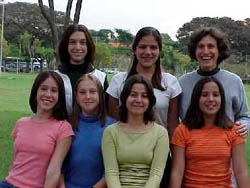 On March 6, 2002 KIDLINK students from around the world wrote a journal, by the hour, of their activities on that day which we called - "A Kidlink Day."
On March 6, 2002 KIDLINK students from around the world wrote a journal, by the hour, of their activities on that day which we called - "A Kidlink Day."
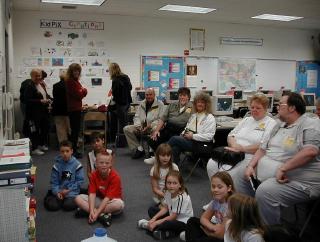
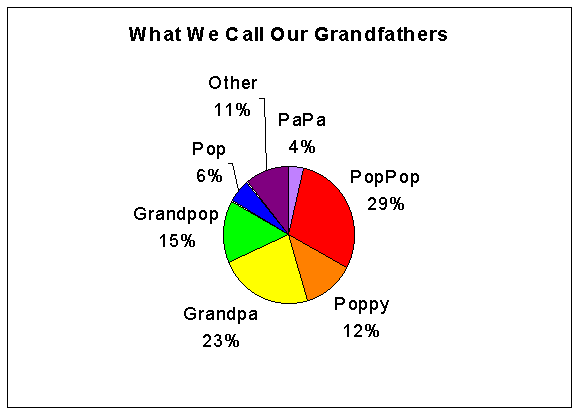 Joy's seven year old students also made graphs to display data they collected about the names they call their grandparents.
Joy's seven year old students also made graphs to display data they collected about the names they call their grandparents.
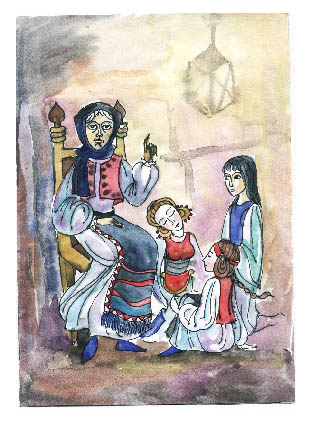
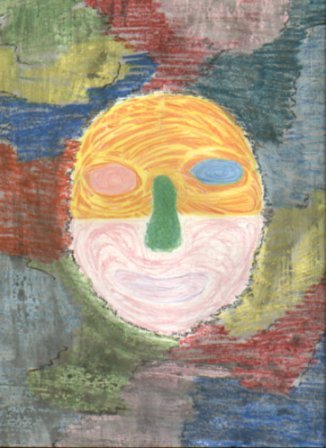 The self portrait shown was created by Erika T. Age 14, in Muggiò, Italy
Erika explains her art below:
The self portrait shown was created by Erika T. Age 14, in Muggiò, Italy
Erika explains her art below: